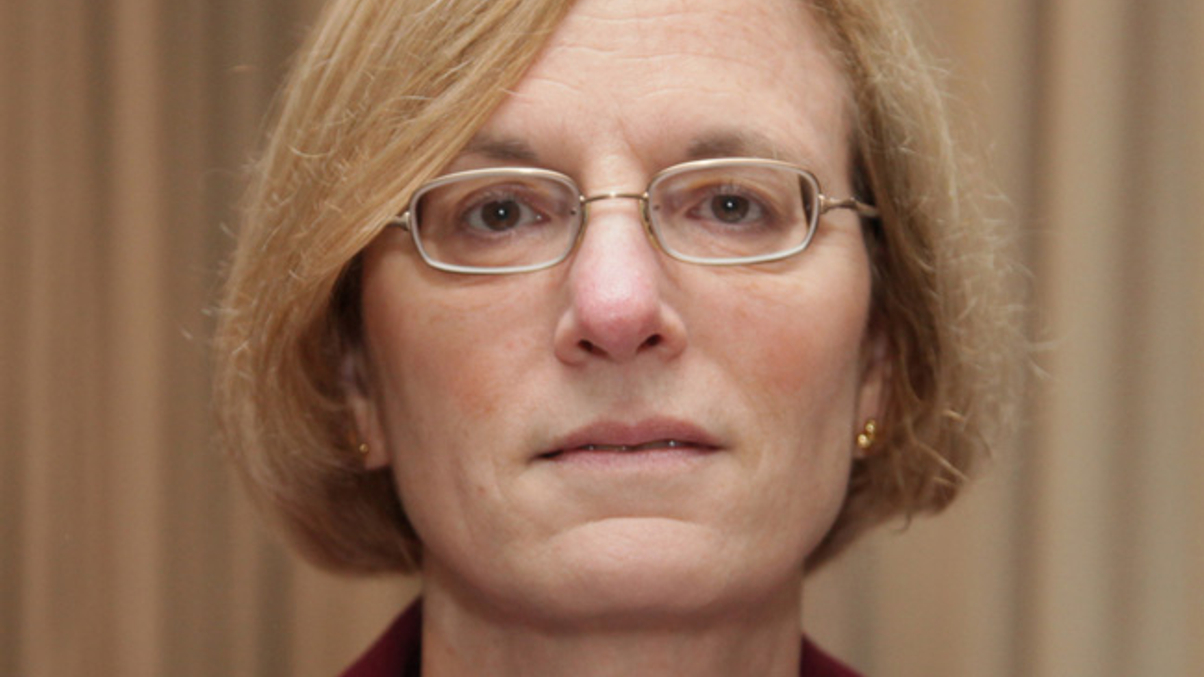Asia-listed ETFs suffer sharp sell-off in March
iShares takes the most net new money into its Asia-Pacific ex-Japan-listed exchange-traded funds in the first quarter, at the expense of firms such as Polaris and State Street Global Advisors.

Exchange-traded funds listed in Asia-Pacific ex-Japan saw net outflows of $604 million in March, resulting in $486 million in first-quarter net redemptions for the region's ETF industry.
Sign in to read on!
Registered users get 2 free articles in 30 days.
Subscribers have full unlimited access to AsianInvestor
Not signed up? New users get 2 free articles per month, plus a 7-day unlimited free trial.
¬ Haymarket Media Limited. All rights reserved.


